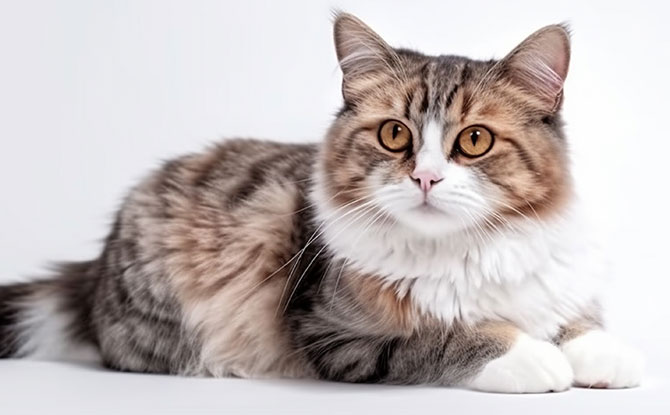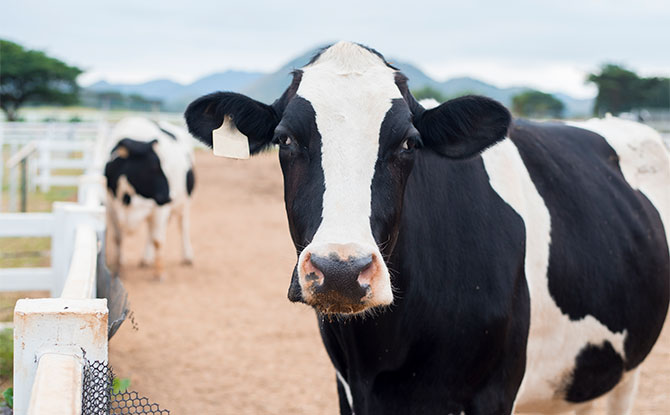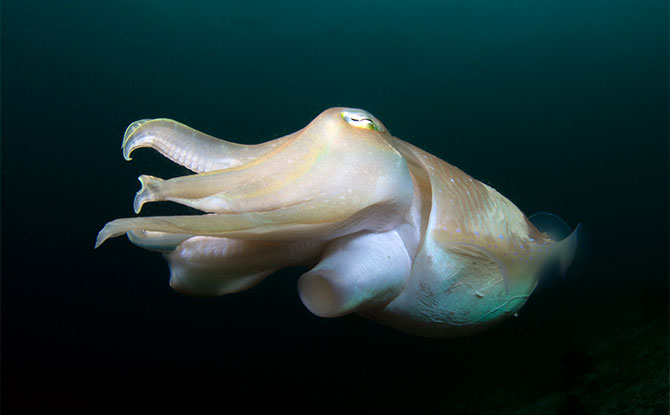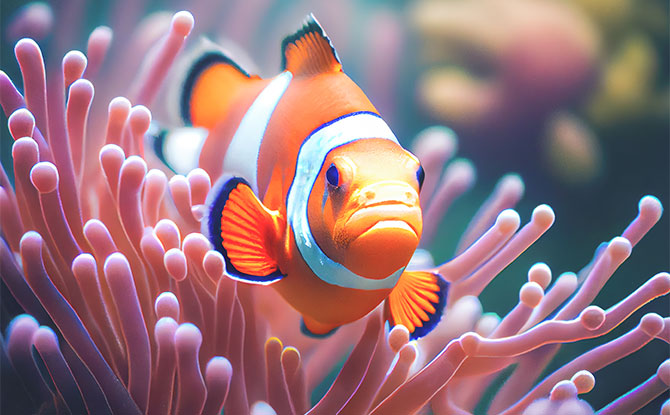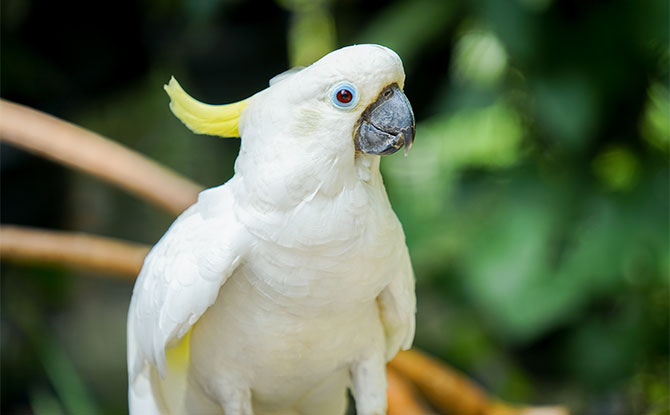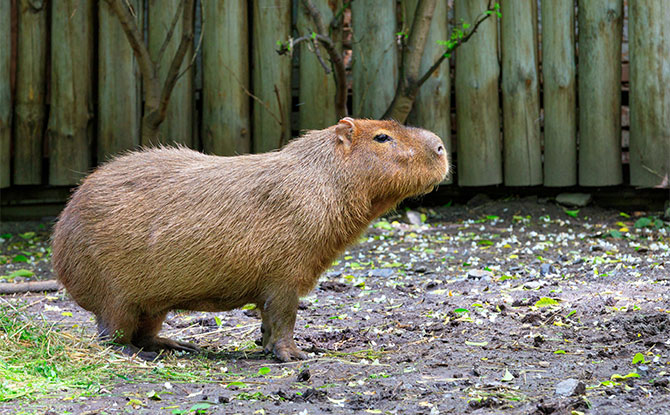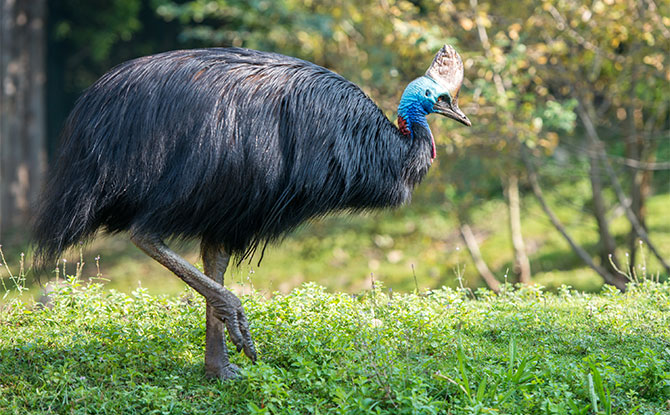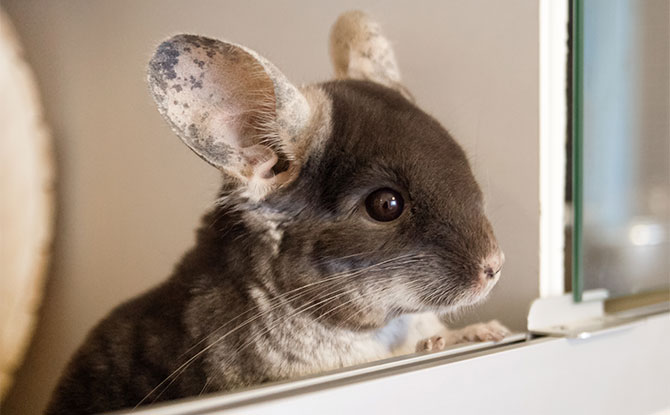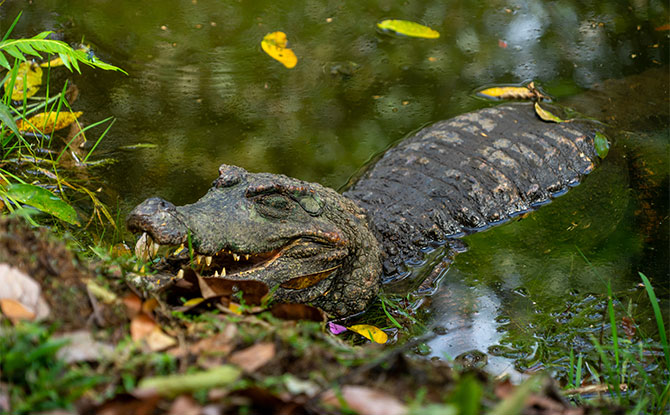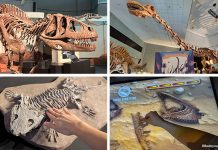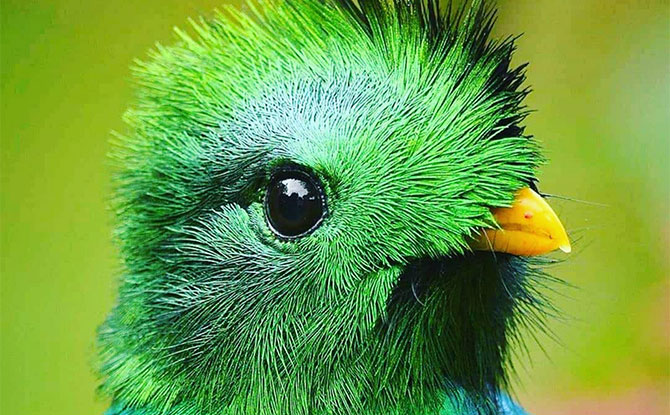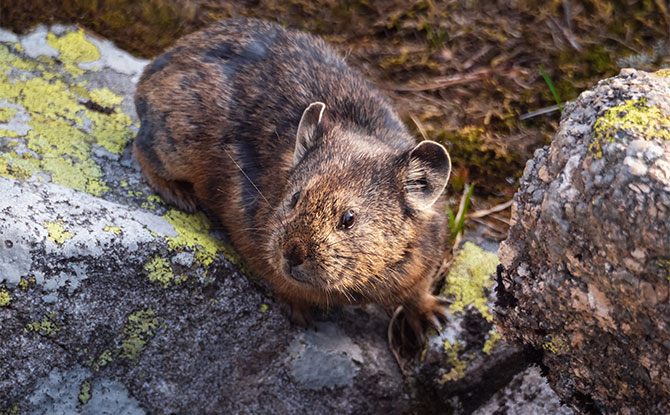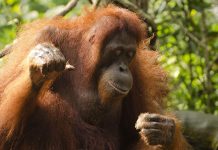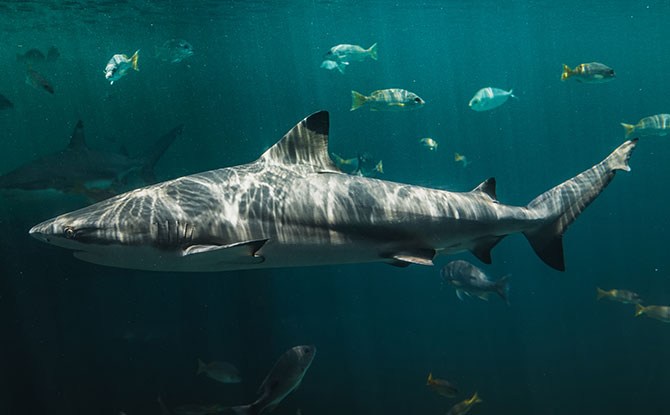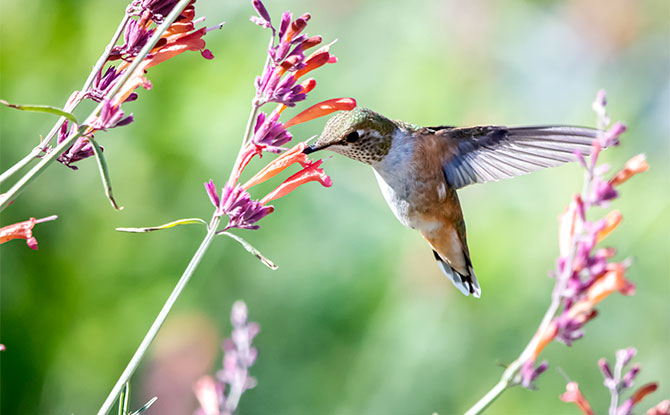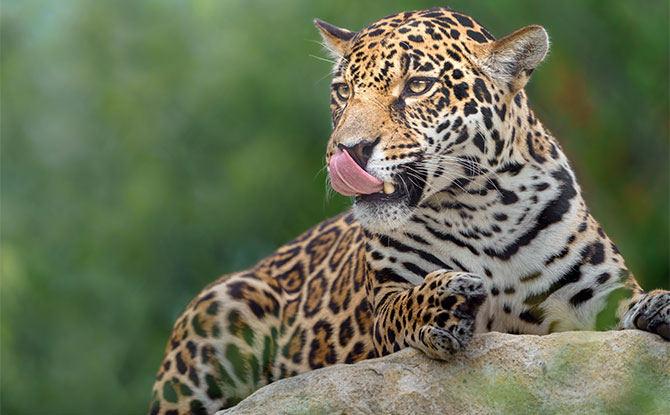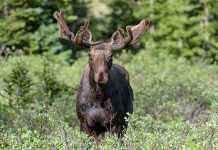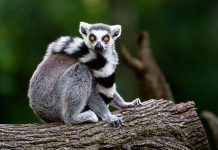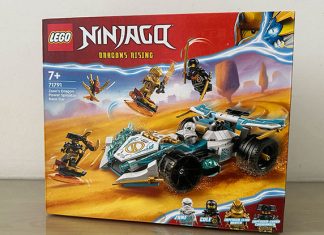
Welcome to our exciting list of animals starting with C. This includes beloved pets like cats and cows. It also covers fascinating animals like capybaras and cassowaries. Get ready to meet a diverse set of animals from across the world.
List of 33 Animals Starting with C
There are many different animals that start with C. These range from domestic pets like cats to wild reptiles like crocodiles.
- Cat
- Cow
- Chicken
- Chimpanzee
- Crocodile
- Cheetah
- Camel
- Crab
- Coyote
- Cougar
- Cuttlefish
- Clownfish
- Cockatoo
- Carp
- Centipede
- Cockroach
- Chameleon
- Condor
- Capybara
- Cassowary
- Chipmunk
- Coral
- Conch
- Crow
- Crane
- Chinchilla
- Caterpillar
- Cicada
- Cuckoo
- Caiman
- Clam
Now, let’s have a closer look at these amazing animals that start with letter C.
Cat
DINO-TASTIC EXHIBITION: Meet a 40m Long Dino Face-to-Face
GIVEAWAY FOR ENEWSLETTER SUBSCRIBERS: LEGO NINJAGO SET
Cats are a top pet choice worldwide. They are loved for their independence, agility, and playfulness. Cats have been human companions for ages. There are many cat types, from common house cats to exotic Siamese and Persian breeds. Each breed has unique looks and personalities. Cats come in various sizes, colors, and patterns.
Cats can adapt to any living space, indoors or outdoors. They are great climbers and hunters thanks to their agility and instincts.
Cats are known to be independent. They enjoy being with humans but also need their space. Their mysterious nature makes them even more interesting.
If you love cats, we think that you will enjoy having a laugh with these cat jokes.
Cow
Cows are special animals in farming. They are raised mainly for their milk and meat. Known for their big size and calm ways, cows give us dairy products like milk, cheese, and yogurt, and meat.
These animals are amazing at making milk. Through careful breeding, they give us high-quality milk that’s creamy and nutritious. This milk is packed with good stuff like calcium, protein, and vitamins. It’s used in lots of foods and enjoyed by people everywhere.
Cows are not just for milk; they’re also raised for their meat, called beef. This meat is a key part of diets worldwide because it’s full of protein and iron. The beef industry is essential for giving us a reliable protein source.
Cows have unique features like their hooves and horns. Their hooves help them walk on different grounds. Horns are used to protect themselves and talk to other cows.
By domesticating cattle, we’ve gained a lot. They help with food security and our health. Their easy-going nature and ability to live in many places make them key to farming practices.
If you love cows, we think that you will enjoy reading these cow jokes.
Chicken
Chickens are important farm animals. They give us meat and eggs, which we eat a lot. There are many kinds of chickens. Each one is special in its way.
Chickens are famous for their tasty meat. It can be cooked in many yummy ways. People of all ages love eating chicken. It is a favorite food for many.
Chickens also lay eggs that we eat. These eggs are full of protein and can be used in many recipes. From breakfast dishes to baked goods, eggs are a must-have in kitchens.
There are different chicken breeds for different needs. Some are great for laying lots of eggs. Others are known for their delicious meat. You can choose the best one for what you need.
Chimpanzee
Chimpanzees are very smart and love being around others. They call the forests of Central and West Africa home. They are one of the closest relatives to humans, sharing around 98% of our DNA.
These animals are amazing at solving problems and using tools. They use sticks and stones to get food, like cracking nuts or catching termites.
Chimpanzees have a way of living that’s complex but interesting. An alpha male leads their groups. They hunt together and take care of each other’s fur. They also have their own ways to talk, using sounds, moves, and faces.
These primates are not just smart; they’re aware of themselves and can feel for others. This makes them very special to scientists who study how animals think and feel.
Crocodile
Crocodiles are amazing members of the crocodilian family. They have powerful jaws and sharp teeth. They love water and have lived for millions of years.
There are many types of crocodiles, each unique. The Nile, American crocodile, and saltwater crocodiles are well-known. The Siamese crocodile is very rare.
Crocodiles have scaly skin and hatch from eggs. They are strong swimmers and fast on land. Their diet includes fish, mammals, birds, and reptiles.
Crocodiles are key to their ecosystems. They manage prey populations, helping to keep things balanced.
Cheetah
Cheetahs are known for their speed and agility. They live in sub-Saharan Africa and parts of Iran. They can run up to 70 miles per hour. They have a slender body, black tear marks, and a long tail.
Cheetahs symbolize the beauty of African wildlife. They have special features like non-retractable claws. This helps them hunt their prey more effectively.
Today, cheetahs face risks like losing their home and illegal wildlife trade. Saving them is very important. Many people and groups are trying hard to protect them.
Seeing a cheetah in the wild is unforgettable. Their speed and power are amazing. It’s a special moment that shows the wonder of nature.
Camel
Camels are amazing desert animals with special traits for living in dry places. They belong to the Camelidae family from the Middle East, Africa, and parts of Asia.
Camels are well-known for their humps. These humps store fat, not water. This fat gives them energy when food and water are hard to find. As the fat is used up, the humps shrink.
Camels also save water in unique ways. They lose very little water through sweat and urine. This lets them handle heat well and go without water for a long time.
Camels are known as the “ships of the desert”. They are crucial for traveling across sand and rough ground. Their endurance makes them great partners for people in dry places.
Camels have other cool features too. They have wide feet that stop them from sinking into sand. They also have long eyelashes and nostrils that close to keep sand out. A third eyelid protects their eyes from the desert.
Overall, camels are incredible animals made for the desert. Their humps, water-saving skills, and special body parts help them live in dry areas.
Crab
Crabs are fascinating creatures that live in water. They have a hard shell, ten legs, and move sideways. You can find them in many shapes, sizes, and colors.
Crabs are like the cleanup crew of the sea. They eat dead plants and animals, helping nutrients cycle back into the ecosystem. They also have special claws for defense and getting food.
People enjoy eating crabs in many parts of the world. Their meat is a delicious part of seafood dishes. From the blue crab of Chesapeake Bay to Alaska’s king crab, they’re a favorite for many.
When you see a crab next time, think about its beauty and importance. Whether on the beach or in the rocks, they’re key to healthy marine life.
Coyote
Coyotes are amazing canines found in North and Central America. They live in various places like forests, deserts, and cities.
Their howling is one of their cool traits. This sound is used for talking to each other and marking territory. It’s a captivating noise that highlights their wild nature.
Coyotes are excellent hunters with a varied diet. They eat small mammals, birds, reptiles, and insects. They also look for leftover food. This makes them important as both hunters and cleaners in nature.
From a conservation view, coyotes have a big role in North American nature. They control the number of smaller animals. This helps keep ecosystems healthy. They’re key to nature’s balance.
Cougar
Cougars are also called mountain lions or pumas. They are big cats from the Americas. These animals are hard to find and like to be alone. They are known for being sneaky, quick, and good at hunting.
They have strong bodies and long tails, making them great climbers. Cougars can jump far distances with ease. Their hearing and eyesight are very good. This helps them see and follow their prey.
Mostly, cougars eat meat like deer. But they can also hunt smaller animals like raccoons and rabbits. Their size and strong jaws help them catch and eat their prey easily.
Cougars live in different places, from the western U.S. to South America.
Cuttlefish
Cuttlefish belong to the cephalopod family, along with squids and octopuses. They are amazing sea creatures. They can change their skin color and texture quickly. This skill helps them hide and talk to other cuttlefish.
They have a unique inner shell called a cuttlebone. It helps them control their floating in the water. This lets them move smoothly in the ocean.
Cuttlefish are not just good at hiding, they are also very smart. They can solve problems and have complex behaviors. They have a advanced nervous system. This makes them one of the smartest sea animals.
Learning about cuttlefish shows us the wonders of the sea. Their skills in camouflaging, the special cuttlebone, and their intelligence are fascinating. They interest both scientists and nature lovers.
Clownfish
Clownfish, also known as anemonefish, are tiny reef fish. They’re famous for their unique bond with sea anemones. This bond shows the beauty and connection of marine ecosystems.
Clownfish get protection from predators thanks to the anemone’s stinging tentacles. This gives clownfish a safe place during their young stage.
But there’s more to this bond. Clownfish help the anemone by giving it food scraps and removing parasites. This keeps their home clean and healthy.
The bond between clownfish and anemones is based on many factors. These include chemical signals and body adaptations. This helps clownfish live safely among the anemone’s stinging cells.
Clownfish became famous from the movie “Finding Nemo.” In it, Nemo, a clownfish, goes on a big sea adventure. This movie made people love these fish even more.
Clownfish remind us of the deep connections in marine ecosystems. And the need to protect their delicate balance. By learning about these underwater relationships, we can help save these habitats for the future.
Cockatoo
Cockatoos are large parrots with unique crests. They mimic sounds and are from Australia, New Guinea, and nearby islands. These birds are very social and bond closely with their group. They are also quite smart, making them beloved pets.
Because they’re intelligent, cockatoos need lots of care to stay happy. They love interacting with their owners. Without this, they might get bored or upset. Before getting a cockatoo, learn about their care to keep them joyful.
Carp
Carps are a diverse group of freshwater fish found worldwide. They adapt well, thriving in various environments. This makes them popular for fish farming and fishing for fun.
Carps come in many species, each unique.
People value carps for their meat and as a sport. Anglers find joy in catching these tough, big fish. Carp fishing is a favorite sport around the globe, drawing people of all backgrounds.
Carps are also key in fish farming. They adjust well to different waters and grow fast. This makes them great for aquaculture. Carp farming is a big industry, feeding lots of people worldwide.
Centipede
Centipedes are captivating arthropods from the Chilopoda class. They are venomous with long bodies and many legs. Despite their name, they don’t have exactly 100 legs.
They can have from 15 to over 300 pairs of legs, based on the species. As predators, they use their venom to catch and paralyze prey.
Cockroach
Cockroaches are a type of insect. They are famous for being tough and able to live in many places. They have a flat shape, long feelers, and wings.
Though often seen as pests, cockroaches are key to the ecosystem. They break down dead stuff, cycling nutrients back to the earth.
There are many kinds of cockroaches. For example, the German cockroach, American cockroach, and Oriental cockroach. Each type prefers different living places, food, and has its own behaviors.
Chameleon
Chameleons are remarkable reptiles with amazing color-changing abilities and unique eyes. They are from warm areas in Africa, Madagascar, and parts of Asia.
Chameleons change color to hide from predators and hunt. This skill helps them blend with their environment. It makes them great at avoiding dangers and catching prey.
They also use colors to talk to each other. Colors can show if they are upset or interested in a mate. These signals are vital for their social life and mating.
Color changes help chameleons control their body heat. By changing skin colors, they keep their body temperature just right. This is key for their health.
Life in the trees suits chameleons well. They have special feet and tails for holding onto branches. These features help them move and hunt in their leafy homes.
Chameleons are truly intriguing to scientists and animal lovers. Their abilities to change color, move their eyes independently, and live in trees are fascinating. They stand out in the reptile world.
Condor
Condors are big birds that scavenge and are part of the New World vulture family. They have huge wingspans and can soar high with ease. Their strong beaks help them eat their food.
There are two kinds of condors – the Andean and the California condor. These magnificent birds help the environment by eating dead animals. This stops diseases from spreading.
Capybara
Capybaras are the world’s biggest rodents, found in South America. They are known for their friendly ways and interesting behaviors.
These animals live close to water and are great swimmers. They eat grasses and water plants. Their big bodies and webbed feet help them move in water easily.
Capybaras are very social and live in big groups. These groups include males, females, and young ones. Living together helps them stay safe from predators.
They are calm and friendly with both people and other animals. You can often see them relaxing or sunbathing together. This makes them very popular with those who love wildlife.
To sum up, capybaras stand out for their size, love for water, and social ways. Watching them in the wild is a special moment that shows how diverse the animal world is.
Cassowary
Cassowaries are amazing birds that cannot fly. They live in New Guinea and northeastern Australia’s rainforests. They stand out because of their bright feathers and special features. These birds have a hard casque on their heads, helping them to communicate and make sounds louder.
What makes cassowaries special is their strong legs with sharp claws. They can run fast and kick hard when they feel in danger. This kick is so powerful it can hurt predators or any threat.
There are three types of cassowaries: the Southern, the Northern, and the Dwarf cassowary. Each type looks a bit different and lives in its own area. Although they are big and strong, cassowaries mostly eat fruits, seeds, and plants.
Cassowaries are important for the rainforest because they spread seeds around. This helps plants grow all over the place. But, they are also known as one of the world’s most dangerous birds. So, you should be careful around them in the wild.
To sum up, cassowaries are incredible birds with colorful feathers and strong kicks. Their home is in the rainforests of New Guinea and northeastern Australia. They help keep the ecosystem diverse and rich.
Chipmunk
Chipmunks are tiny members of the squirrel family. They are often found in forests, woodlands, and even suburban areas. These little creatures are known for their striking striped fur and their diet, which includes seeds, nuts, and insects.
They are experts at digging. Chipmunks create complex tunnels underground that serve as their homes and storage. These tunnels also protect them from predators.
Chipmunks are important in nature. They help spread seeds which is vital for plant life. Their burrowing habits help improve soil health too.
Different types of chipmunks can be found all over. Some popular ones are the Eastern, California, and Siberian chipmunks. Each species is unique in its way.
Coral
Corals are essential marine animals that help our oceans’ health and diversity. They create coral reefs from tiny polyps. These polyps make a hard skeleton by secreting calcium carbonate.
Corals are stunning and vital for the ecosystem. Coral reefs are homes to many marine species, promoting ocean biodiversity. They provide shelter and food for species like fish, sea anenomes, and crustaceans.
Coral reefs protect our coastlines too. They act as natural barriers against waves and storms. This helps to stop erosion and keep coastal areas safe from floods.
Reefs are also key for the economy because of tourism. Millions visit each year to dive and see the underwater beauty. This tourism supports local jobs and helps coastal communities.
But, coral reefs face many dangers. Climate change, with warmer oceans and acidification, threatens them. Pollution from coastal areas also hurts coral health.
Destructive fishing hurts reefs too. Using dynamite or cyanide damages the corals and marine life. This affects the whole ocean environment.
To protect coral reefs, we need to act. Efforts to fight climate change, reduce pollution, and create protected sea areas are vital. Teaching people about reefs and their importance is also key.
Conch
Conchs are big sea snails found in warm seas and tropical coral reefs. They have unique spiral shells that sometimes end up on beaches. These creatures are important to marine life, eating algae and dead stuff on the sea floor.
Some conch species are also prized for their meat. It’s used in many delicious dishes.
Crow
Crows are very smart birds from the corvid family. They can solve problems, use tools, and talk in complex ways. They remember people’s faces well. You can find crows everywhere except Antarctica.
Crows help the environment by eating dead animals and pests. This keeps other animal numbers in check.
There are different kinds of crows. For example, the American crow, the common crow, and the hooded crow. They’re all known for being really smart and able to adjust to changes.
Crows are amazing birds. Their brains and skills in solving problems put them at the top of the bird world. They are interesting to scientists and bird lovers because of their behaviors. Whether it’s finding food or using tools, crows are a constant source of wonder.
Crane
Cranes are beautiful birds with long legs. People love them for their dances, big size, and special calls. They bring thoughts of long life and luck in many places.
Cranes come in different types. They like marshes, wetlands, and shallow waters. With their long bills, necks, and legs, they search for food in the water.
Cranes are elegant wading birds found almost all over the world. They are absent only in Antarctica and South America. These birds stand out with their long legs and beautiful dances. They are large, make unique sounds, and look proud.
In many cultures, cranes symbolize luck and long life. You can see them in art, stories, and old tales. People everywhere admire these stunning birds.
Some cranes fly thousands of miles to find food and homes. They travel far every year, overcoming many challenges. This shows their strong will and adaptability.
Cranes help keep our ecosystems healthy. They spread seeds, control pests, and recycle nutrients. They also show us how our environment is doing and help protect nature.
Chinchilla
Chinchillas are captivating small mammals from the Andes Mountains in South America. They are famous for their soft, dense fur. Sadly, this has made them targets for fur trading. They have special skills for living in their natural, rocky homes. Chinchillas are mostly active at night and are great jumpers.
Their thick fur keeps them warm and safe from the cold. This fur is very soft and looks luxurious. That’s why it’s so valued in the fur trade industry.
At night, chinchillas look for food like plants and grass. They eat leaves, fruits, seeds, and bark. They help the environment by spreading seeds and aiding pollination.
The high demand for their fur puts them at risk. They are now endangered. But people are working to save their habitats. Recently, more people are choosing fake fur over real fur. This may help save these charming animals.
Chinchillas can be great pets. But they need the right home, care, and food to be happy. They like being with other chinchillas. If you’re thinking about getting one, learn a lot and talk to experts. Make sure you can give them what they need.
Caterpillar
Caterpillars are amazing creatures that are crucial for butterflies and moths to develop. They start as caterpillars and transform into beautiful butterflies or moths. This change is called metamorphosis.
Caterpillars have long bodies, many legs, and they love eating plants. They come in lots of different types. Each kind looks different and has its own favorite foods. Some are bright and colorful, while others are hard to see because they blend in.
Caterpillars never stop eating because they need a lot of energy. They munch on leaves, flowers, and other plant parts to grow. As they get bigger, caterpillars shed their skin many times.
When a caterpillar is fully grown, it gets ready for a big change. It finds a spot to make a chrysalis or cocoon, depending on what kind it is. Inside, it starts to change in amazing ways.
While in the chrysalis, the caterpillar completely changes its body. Even though we can’t see it, lots is happening inside. It develops wings, eyes, and even organs for reproduction.
At last, the adult butterfly or moth comes out. Its wings are soft at first, but they soon stretch out and get strong. This journey from caterpillar to butterfly or moth shows the beauty of nature. It also symbolizes change, growth, and new starts.
Cicada
Cicadas are interesting insects known for their unique buzzing. Male cicadas make these sounds to attract females. The noise is loud and signals the start of summer.
These insects spend most of their lives underground as nymphs. They eat plant roots and go through several growth stages. Depending on their type, they come out after years or even decades.
Once they emerge, adult cicadas live for a few weeks to months. They mate, lay eggs, and then the cycle restarts. Each species has a different life cycle, but the pattern is similar.
Cicadas live in forests, grasslands, and cities around the world. They help plants grow by pollinating them and are food for other animals. Even with their short adult lives, cicadas have a big impact with their songs and life cycle.
Cuckoo
Cuckoos are birds known for a special breeding habit called brood parasitism. Female cuckoos don’t build their nests. They lay eggs in other birds’ nests instead.
This allows cuckoos to save energy and time. By using other birds’ nests, they avoid raising their young. Cuckoo chicks then push the host’s eggs or chicks out. This ensures they get all care and food.
Studying cuckoos is tough because they are very secretive. Researchers have found they have unique calls for communication. These calls are most common in the breeding season.
Cuckoos live in many places like forests, woodlands, and even cities. They have learned to live with many types of birds.
In summary, cuckoos have an interesting way of breeding called brood parasitism. They trick other birds into raising their chicks. Even though they’re secretive, their calls let them talk to each other. Cuckoos are a key interest for those studying bird behavior and evolution.
Caiman
Caimans are small crocodilian species from Central and South America. They’re like alligators and crocodiles but have slimmer bodies and narrower snouts.
These creatures are important to their ecosystems. As top predators, they help control prey numbers and keep nature in balance. They use their strong jaws and sharp teeth to catch fish, birds, and small animals.
Caimans can control their body temperature. They sunbathe to get warm and cool down in the shade or water. This helps them use their energy well.
Caimans can be quite protective of their space, especially during breeding season. They make sounds and show off to assert dominance and find partners.
Clam
Clams are fascinating bivalves found in many waters, known for their unique hinged shells. These shells protect clams by opening and closing during feeding. They filter feed on nutrient-rich water, playing a key role in aquatic ecosystems.
Clams extract nutrients from microscopic organisms. This not only feeds them but also cleans the water. They are essential in keeping marine and freshwater environments healthy. Clams live in diverse habitats, from lakes to coastal areas, enhancing ecological variety.
Clams are valued not just for their role in nature, but also as a food source. They’re a popular choice in many dishes around the world. Foods like chowders and pastas often feature their tender meat. They are loved for both their taste and versatility in cooking.
Learning about More Animals
We hope that you’ve found this list of animals that start with C interesting. We think that you will also find this list of animals that start with B interesting and useful too!


